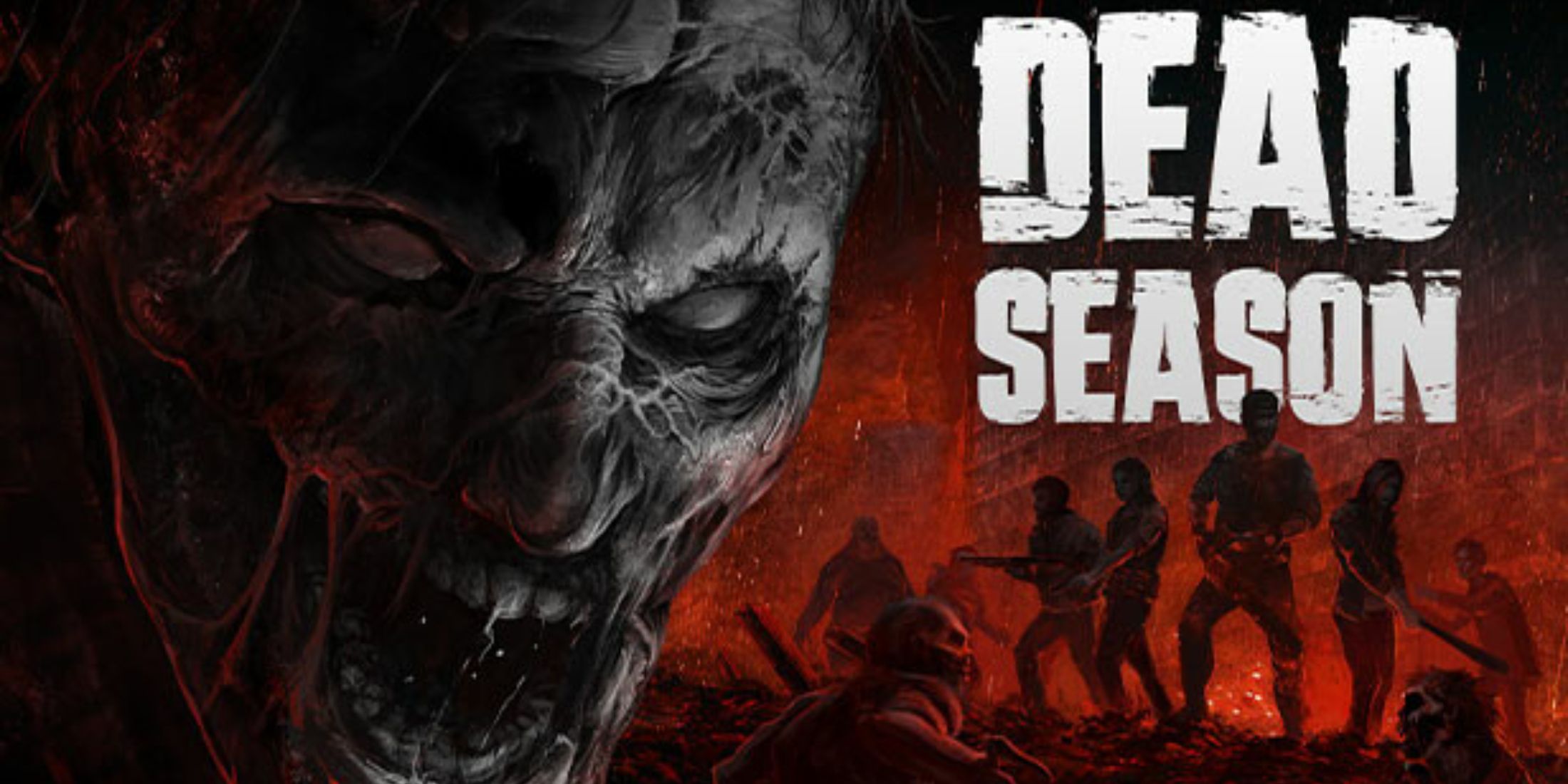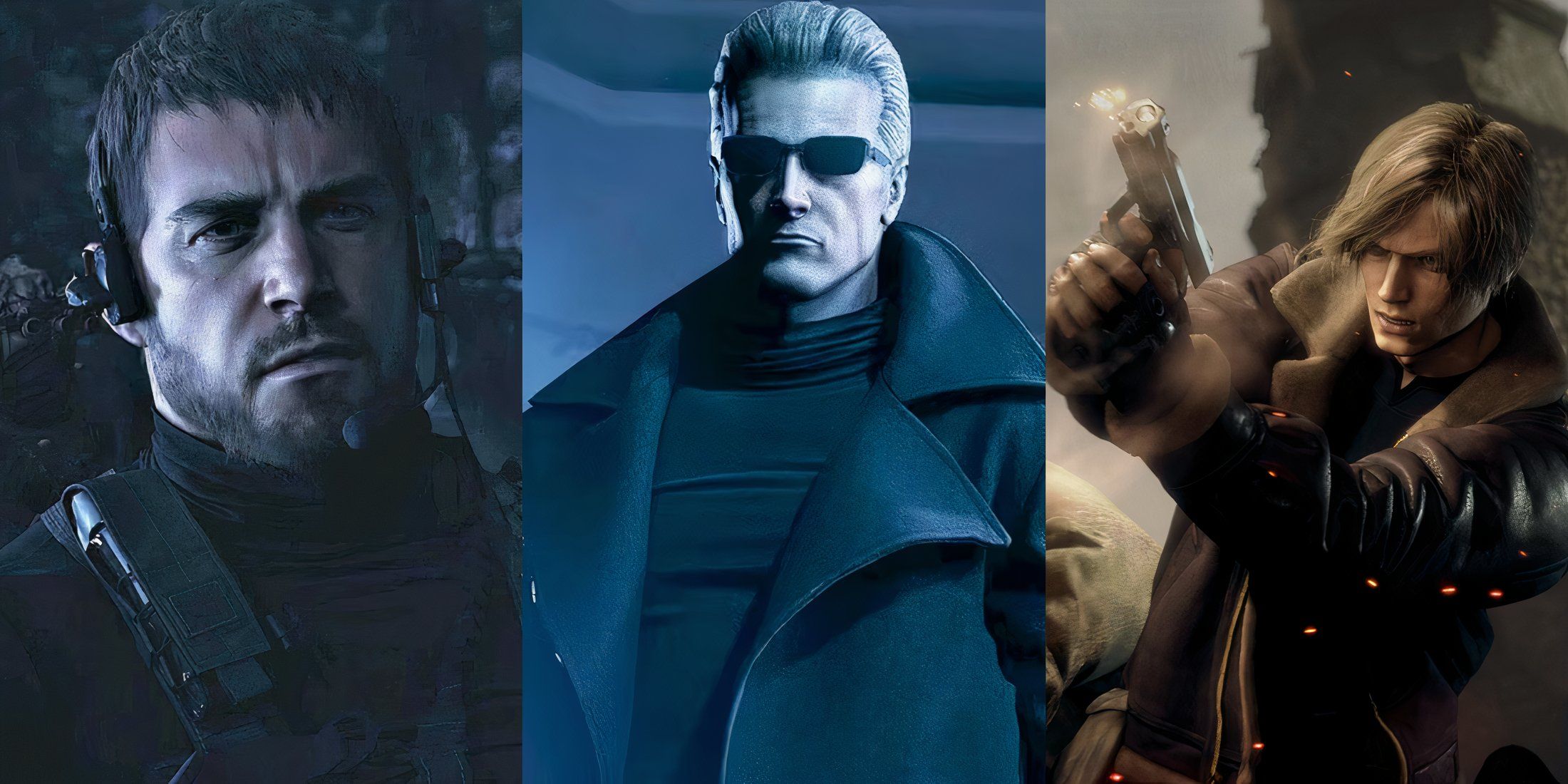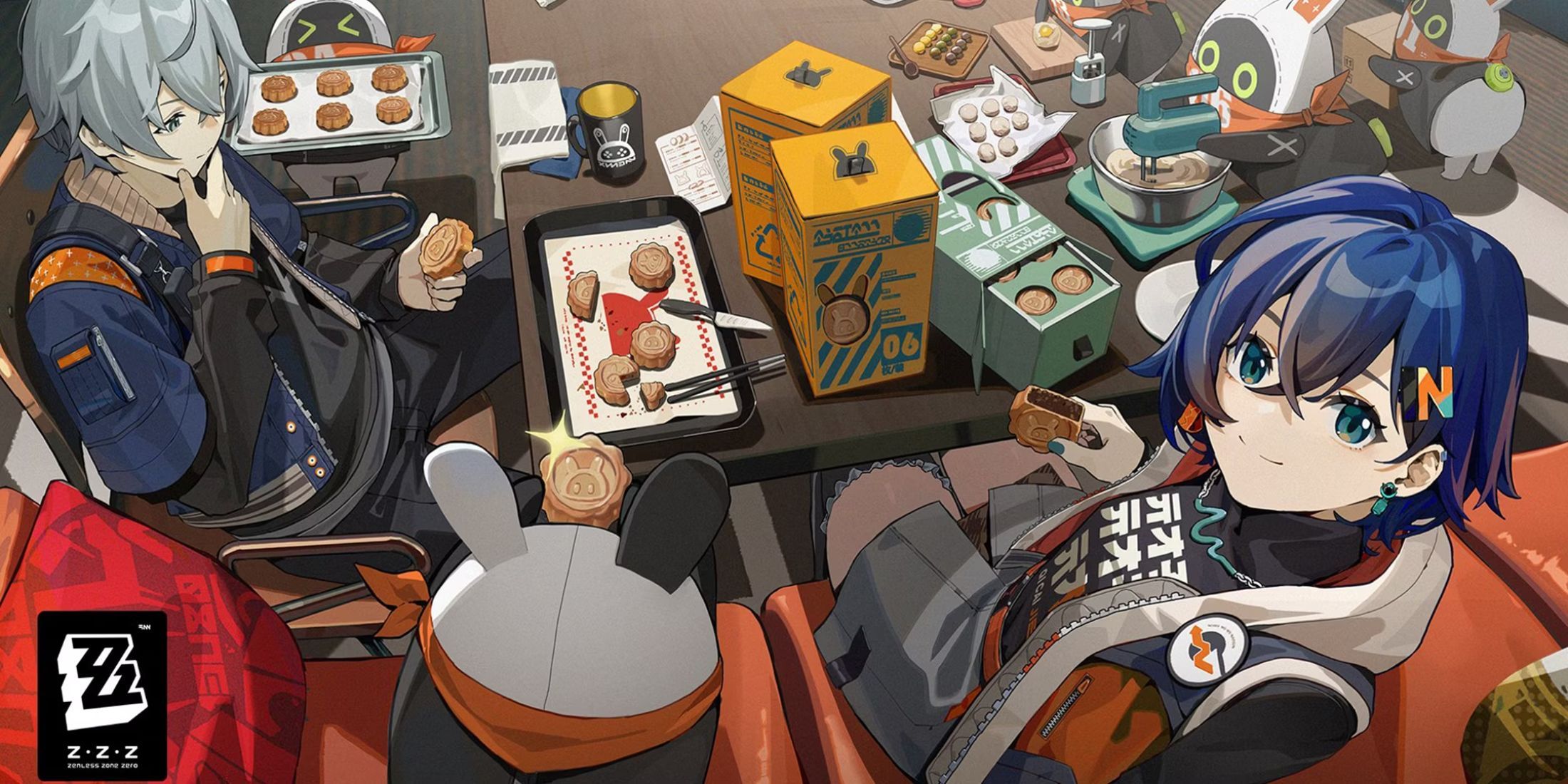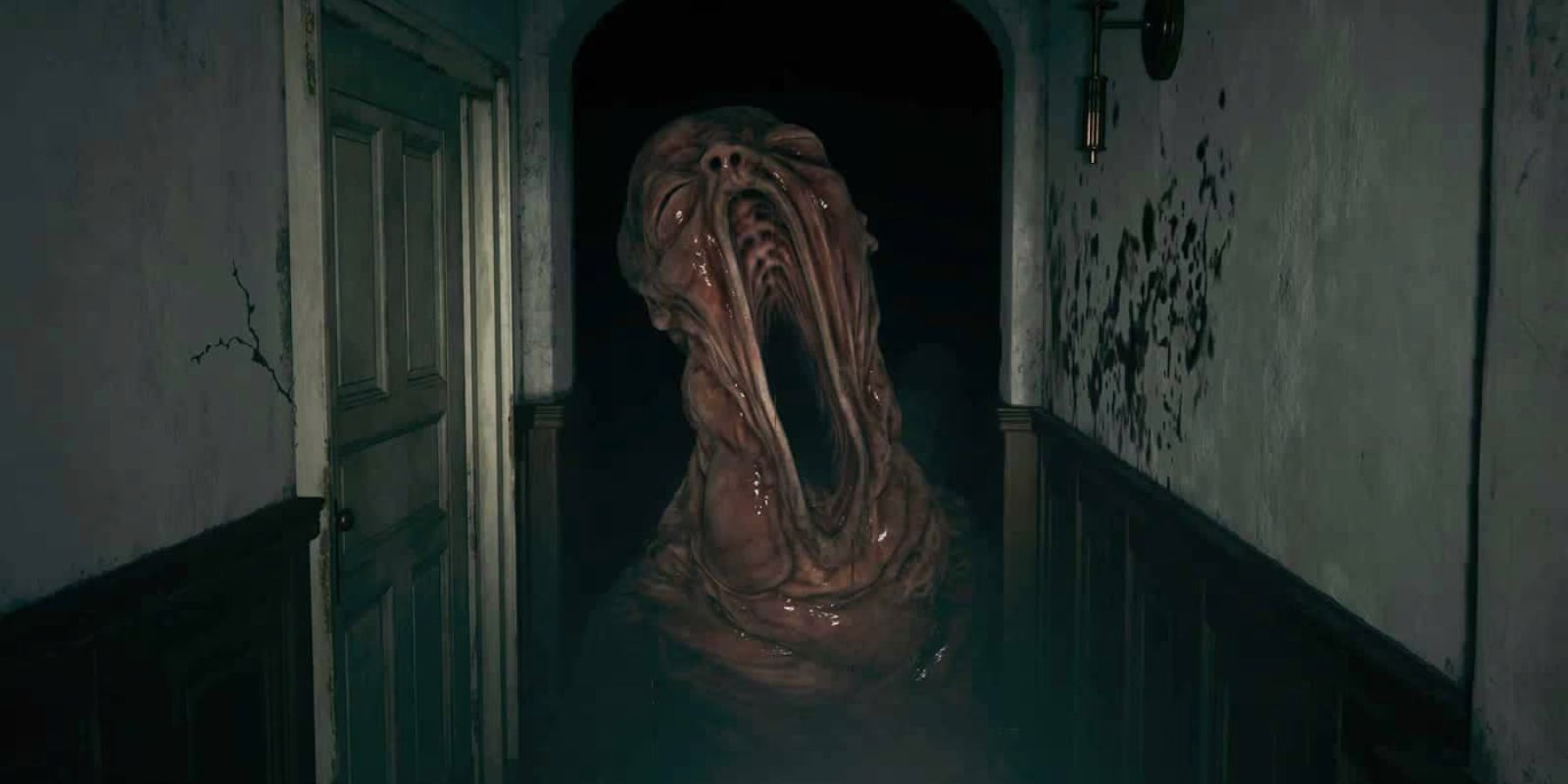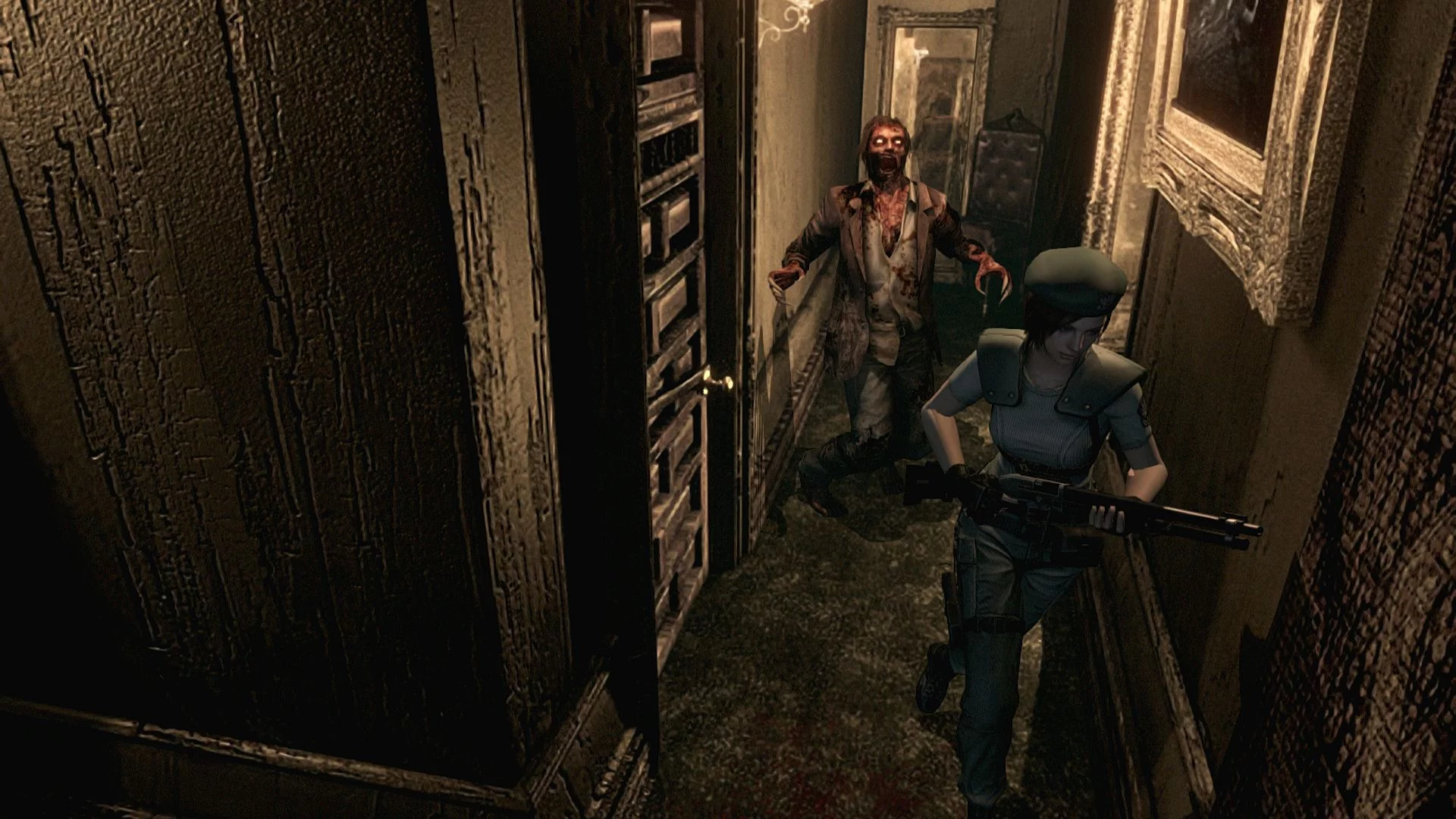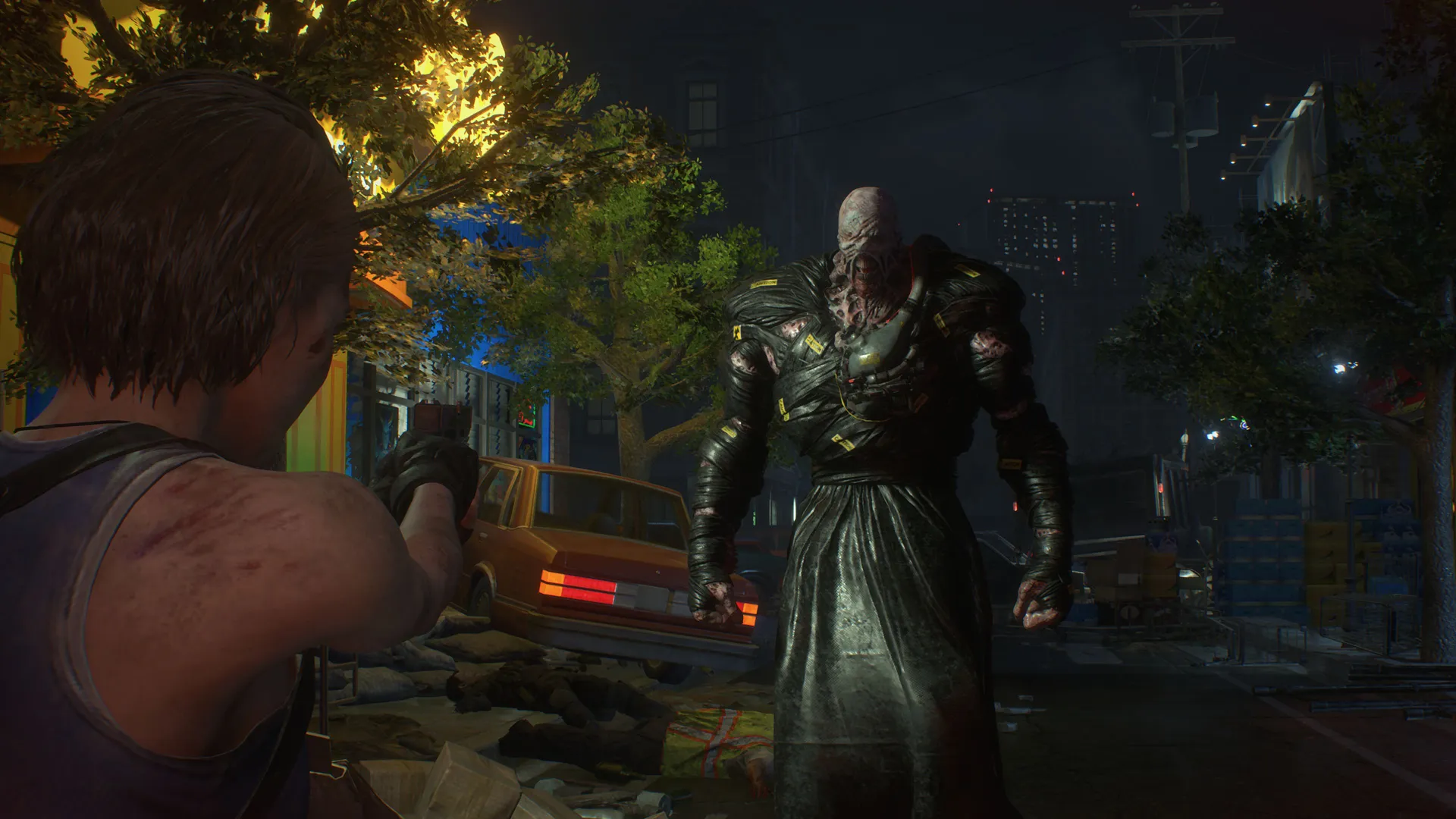Highlights
- Resident Evil's success lies in its ability to feature a wide variety of enemies and monsters, adding excitement and diversity to gameplay.
- The franchise's lack of a clear-cut identity is a result of the diverse range of enemies and mutations it presents, making it difficult to establish a cohesive storyline.
- Fans of Resident Evil have come to expect and appreciate the unpredictability and fantastical elements of the enemy choices, allowing for a suspension of disbelief and a more enjoyable gaming experience.
It’s easy to be swept up in the character-driven action of Resident Evil games with such prominent and legendary characters at its helm. Knowing that its protagonists will be fine when entering into scripted cutscenes is amusing when players can sustain several zombie bites and licker lacerations before then, and regardless it is never questioned how heroic and triumphant they’ll be in the end. Ethan Winters helped to skew that trope somewhat, but even then that is thankfully not where the franchise truthfully finds its success.
Indeed, Resident Evil 7 made refreshing implementations in the franchise’s narrative and genre direction, though a ubiquitous critique it maintained since is that it had an underwhelming enemy variety. Because its enemies were cataloged between a handful of the same molded creatures beyond its memorable bosses. Resident Evil made up for that in its most recent modern entry, and the earlier games all definitely wore their oftentimes overwhelming enemy variety on their sleeve, but that also unfortunately means that the series as a whole has an incoherent and ambiguous identity.
Resident Evil Can Choose Any Kind of Enemy or Story It Wants
Unless Resident Evil suddenly decided to have players duke it out with other non-superpowered or reanimated human characters—a choice the Dead Space franchise poorly made—any choice of enemy type would likely be accepted by the franchise’s fanbase. Resident Evil fans have needed to be adaptable to all kinds of bioweapons that all have their own scientific explanations for being part of the canon, even if it was simply to feature rabid Dobermans, giant spiders, or lycans for characters to contend with.
That’s actually where a lot of Resident Evil’s charm and beauty emanates from, too, is the premise that these horrific viruses and molds can spawn almost any mythical monstrosity Capcom wants them to, and it could likely do so now without explaining their lore or origins as much as it has. It was fun to see Capcom get a little wild and fantastical with its choice of enemies in Village, for example, and that’s hopefully a direction it will continue to pursue.
Enemy variety has been key to the franchise's shelf life. This is apparent in how many different kinds of enemies were in single Resident Evil installments before and is also a design choice that made enemies more exciting because it meant there were many diverse encounters and obstacles players would have to learn from between Hunters, Crimson Heads, Novistadors, and Ivies.
Resident Evil Cherishes Enemy Variety at the Cost of a Concise Identity
That said, despite how memorable and iconic individual entries are, Resident Evil may never have a clear-cut identity as a result. Between all the myriad enemies players have eradicated, the diversity between each installment or groupings of installments creates a disparity that may be too absurd to overlook sincerely.
Resident Evil has come a long way from zombies and other miscellaneous virus experimentations, and although the franchise wouldn’t have nearly had the legs it has without diversifying as greatly as it has, there’s no real connective tissue that cleanly tethers the franchise together in the way that other horror IPs have. Knowing that all these dynamic entities and mutations exist under the same canonical umbrella is baffling, to say the least, and that fact is only made digestible by how Capcom has successfully been able to compartmentalize each game’s story.
It’s also been proven now that fans come to expect a certain degree of enemy variety in Capcom’s survival-horror franchise. If there’s any series fans should be willing to suspend disbelief about it is undoubtedly Resident Evil, which has fortunately never taken itself too seriously, either.

